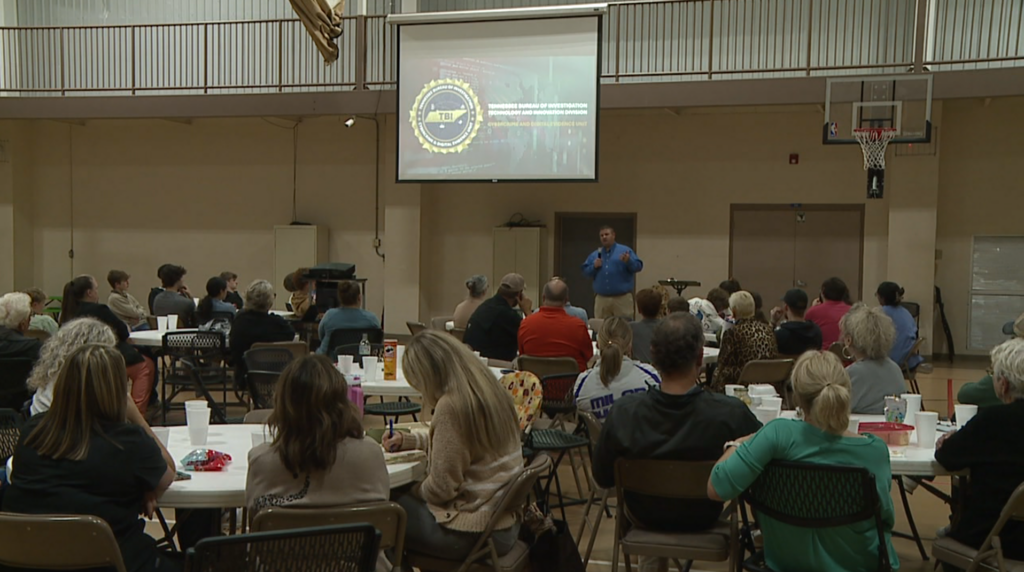Don’t get caught off guard: How to prepare for severe weather
SEE ALSO: Resources to keep at your fingertips during severe weather
JACKSON, Tenn. — With the threat of severe weather looming in West Tennessee Friday night, we have some weather preparation tips for you.

Ahead of Friday’s severe weather risk, let’s take a look at some things that may end up helping you prepare for rough weather.
First thing’s first: Know the difference between a watch, a warning and an emergency.
A watch means conditions are favorable for development, and a warning means something has been detected by either spotters or doppler radar, and an emergency means it has been confirmed and is capable of immanently causing serious damage.

You should have several ways to receive these warnings as outdoor sirens are not designed to be heard indoors.
Great options are a battery operated weather radio, emergency alerts on your smartphone, our WBBJ Weather app, and if you have us on TV, crank up the volume and head to your safe space.
If you don’t know how to turn emergency alerts on, check this out.
On your iPhone, first go into settings, scroll down to notifications, on the notifications page, scroll down to emergency alerts and turn on local awareness.

For Android, go into settings, click on safety and emergency, and click on wireless emergency alerts, on this page you should turn on extreme threats and severe threats.

In our viewing area are several public storm shelters. In Gibson County, Rutherford, Yorkville, Kenton and Dyer Elementary schools all have a shelter, as well as South Gibson County High School in Medina. Milan has a public shelter at 1101 Williamson Street. In Chester County, a shelter is located at 121 Crook Avenue in Henderson. Carroll County has a shelter at the Sherriff’s Department in Huntingdon. A shelter in Crockett County is located at 232 East Park Street in Alamo, and in Hardin County, Saltillo’s shelter is located at 47680 Highway 69. Jackson Regional Airport also has a shelter.
To find your nearest storm shelter, contact your local emergency management agency.
SEE ALSO: Resources to keep at your fingertips during severe weather












